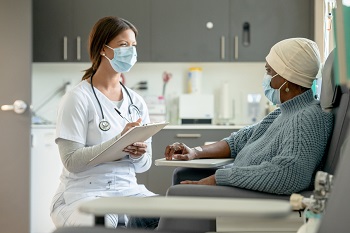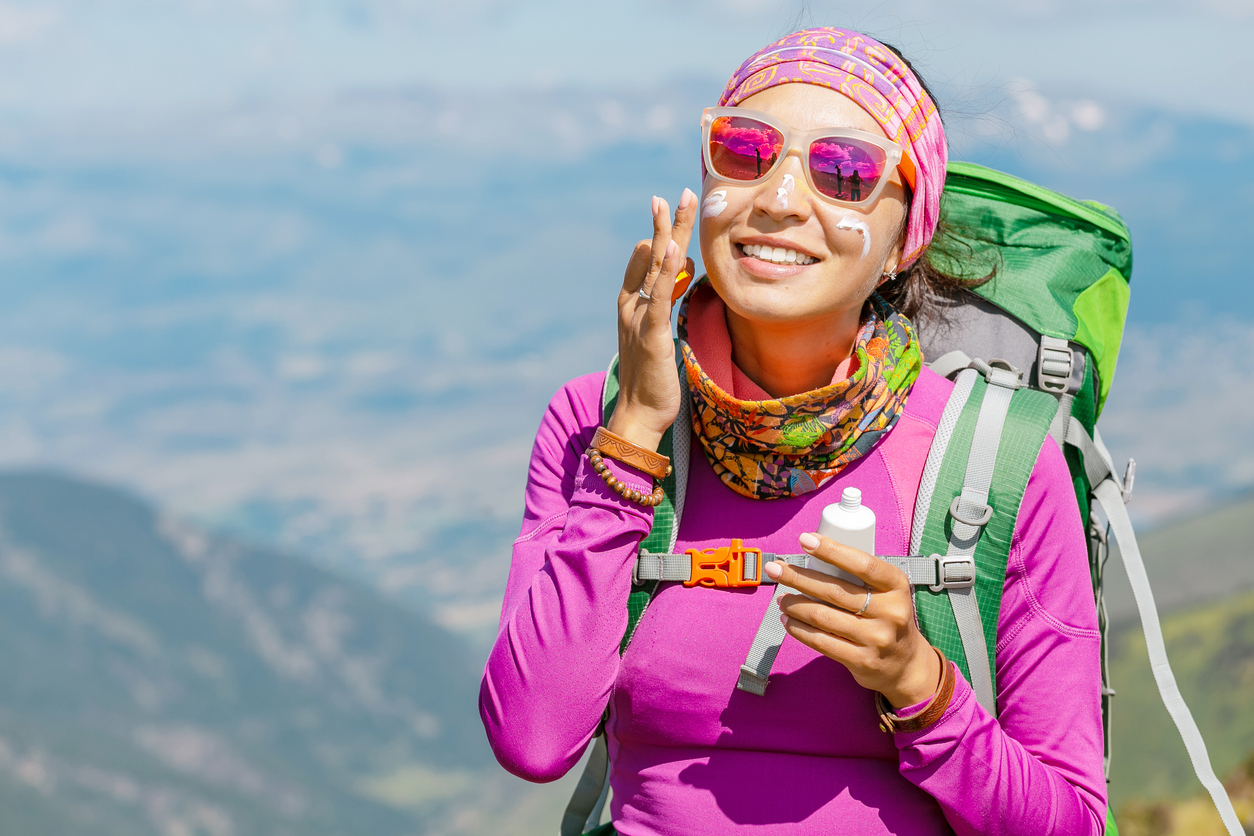- Find a DoctorDoctors by Specialty
- Cardiac Electrophysiology
- Cardiology
- Colon & Rectal Surgery
- Family Medicine
- Gastroenterology
- General & Vascular Surgery
- Gynecological Oncology
- Gynecology
- Infectious Disease
- Internal Medicine
- Interventional Cardiology
- Interventional Radiology
- Nephrology
- Neurology
- Neurosurgery
- Obstetrics & Gynecology
- Oncology
- Oncology & Hematology
- Orthopedic Surgery
- Otolaryngology
- Perinatology
- Psychiatry
- Pulmonary Medicine
- Radiation Oncology
- Rheumatology
- Sleep Medicine
- Thoracic Surgery
- Urology
- View All Doctors
- Our ServicesMedical Services
- Bariatric Services
- Behavioral & Mental Health
- Breast Care
- Cancer Care
- Critical Care
- Ear, Nose, & Throat
- Emergency Services
- Gastroenterology
- Glossary
- Heart Care
- Home Care
- Hospice & Palliative Care
- Imaging & Diagnostics
- Long-Term Care
- Nephrology
- Orthopedics
- Primary Care
- Rehabilitation Therapies
- Robotic-Assisted Surgery
- Sleep Services
- Spine Care
- Stroke Care
- Surgery Services
- Telehealth Services
- Urology
- Urgent Care
- Virtual Urgent Care
- Women’s Services
- Wound Care
- Our Locations
- Patients & Visitors
- About Us
Have Fun While Avoiding Injury
Summertime entices us with outdoor activities such as swimming, biking, and yard games. As we relax with loved ones and eat cheeseburgers hot off the grill, it is imperative to practice proper safety measures to deter calamity and prevent avoidable injuries. Remember, if you are not sure about the seriousness of a burn or a concussion, go to the emergency department, as these injuries could be life-threatening.
Beat the Heat

Strenuous physical activity in hot weather can lead to heat-related illness. Children under four years old are at the highest risk for heat-related illness. Never leave infants, children or pets in a parked car (even if the windows are cracked open). If this happens, seek medical care immediately. When spending time outside, your skin needs protection from the sun’s harmful ultraviolet (UV) rays. It only
takes a few serious sunburns to increase the risk of skin cancer later in life. Joseph Meyer, MD, a radiation oncologist at Parkwest Medical Center, says melanoma, basal cell carcinoma and squamous cell carcinoma can all be linked to sun exposure. Dr. Meyer says, “Skin cancer doesn’t show up immediately after sun exposure, so there can be a false sense of security in the sunshine. The damaging results of overexposure usually don’t appear till years later, but sometimes come with a vengeance. Even after these cancers are treated they can reoccur. ”
Cover up in the sun when possible (or move to the shade). Try to schedule outdoor activities for morning or evening hours. You
can also counter the heat by dressing you and your family in loose, lightweight and light-colored clothing. Another tip is to use sunscreen with at least SPF (sun protection factor) 30 and UVA (ultraviolet A) and UVB (ultraviolet B) protection every time you and your child go outside. Dr. Meyer says it’s okay to enjoy the sunshine as long as you do it sensibly.
Sizzle Safely

Grilling is a fun family activity, but carelessness can lead to serious
injury or death. Each year, hundreds of Americans emergency
room because of injuries from charcoal grills, according to the Consumer Product Safety Commission (with 20-25 deaths per year). These injuries can result from burns, monoxide poisoning.
Both propane and charcoal grills emit carbon monoxide as a byproduct. Carbon monoxide is colorless, odorless and can be fatal when inhaled. When grilling with charcoal, always use fluid. Never use gasoline, as it will explode. Use the grill at least 10 feet away from any building. Don’t use the grill in a garage, carport, porch, or under a surface that can catch fire. Remember to keep flammable objects such as matches, lighter fluid, and alcohol away from grills at all times.
Injuries from Burns
William S. Folley, DO, is a board certified emergency medicine physician. He has been at Parkwest Medical Center since 2008 and has practiced emergency medicine for 27 years. Dr. Folley advises, “We recommend seeking emergency medical care for all but the most minor burns. I would certainly recommend all burns in children be seen in the emergency department.
As emergency physicians, we are trained to evaluate and manage burns, provide comfort, and determine which burns need transfer to a specialized burn center.”
How Serious is My Burn?
- A first-degree burn is when the skin is reddened, but not blistered. A sunburn is a common example, although sunburns can be serious and cause pain. Aloe vera lotions and over-the counter pain relievers are the best treatment.
- A second-degree burn is deeper and is blistered.
- A third-degree burn involves full thickness of the skin and often requires specialty referral and skin grafting.
Be “Hard-Headed” About Safety

Helmets can cost $13- $50, but that is a small price to pay to avoid a severe head injury. Adults and children should wear helmets during any sporting or play activity that risks head injury. Helmets should meet the safety standards according to the American Society for Testing and Materials or the U.S. Consumer Product Safety Commission (CPSC). If you are shopping for a child’s helmet, take the child with you to ensure that the helmet fits. The straps should be snug enough that the helmet does not move around.
At Home and At Play
Dr. Folley, Parkwest emergency physician, reports the most common emergency department injury he sees is falls. He advises
that most minor injuries can wait for an appointment with a primary care doctor, as they often have access to X-ray and splinting equipment. However, he urges that if you are not sure of the severity of the injury, go straight to the ER.

According to the CDC, emergency departments in the United States treat more than 200,000 children ages 14 and younger for playground- related injuries each year. Cuts on the skin should be washed with soap and water and bandaged. If a laceration is on the head, hands or joints and does not stop bleeding, go to the ER within 12 hours if not sooner.
Signs of a Concussion
A concussion is a type of traumatic brain injury caused by a bump or blow to the head that can affect brain functions. One way to avoid head injuries is to make sure adults, kids and teens wear the right protective equipment for their sport or activity. Dr. Folley’s advice on concussions: A non-medical person should suspect
a concussion in someone who has injured their head and subsequently shows symptoms of headache, confusion, memory loss, visual changes, nausea and vomiting. Dr. Folley says, “To actually diagnose a concussion, however, a CT scan is needed to rule out a more serious injury to the brain, such as bleeding. A concussion is only diagnosed when more serious brain injury is ruled out.”
If you think you or someone you know has a concussion, contact your health care professional. He or she can evaluate your concussion and determine if you need to be referred to a neurologist, neuropsychologist, neurosurgeon,
or specialist in rehabilitation (such as a speech pathologist) for specialized care. Getting help soon after the injury by trained improve recovery.
What To Know When Coming to the ED
In the wake of the COVID-19 outbreak, remember to continue social distancing and frequent hand washing to protect yourself and others. Above all, remember that in the case of a life-threatening event or emergency, the hospital and emergency department are the safest place to be. Dr. Folley says the community needs to know that Parkwest is taking precautions to keep all patients and staff safe. He notes that the hospital environment is likely safer than many other public buildings.
In addition to enhanced cleaning procedures, “We have implemented policies to limit visitation and enforcing universal mask precautions. We’re greeting patients and visitors outside, before they enter the building, and we’re separating patients with respiratory illnesses from other patients in the waiting areas.”
A long-time emergency medicine physician, Dr. Folley describes his work in the ED as “never a dull moment.” He reflects, “Sometimes I have to set bones in broken hands. Sometimes I just hold hands of people with broken hearts. The ER is sacred. Doing my job is an honor.”
For more information about the Emergency Care Center at Parkwest Medical Center visit TreatedWell.com/ER.
























